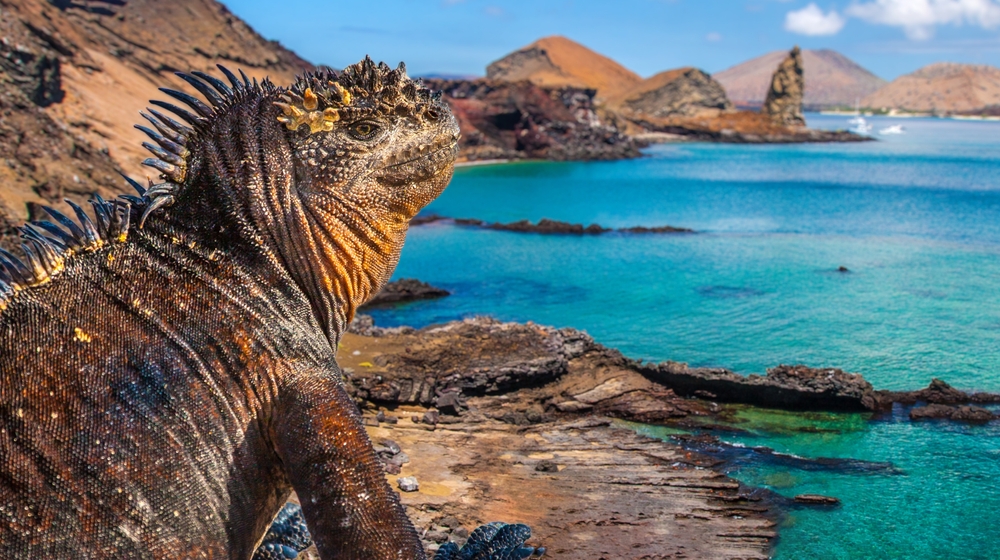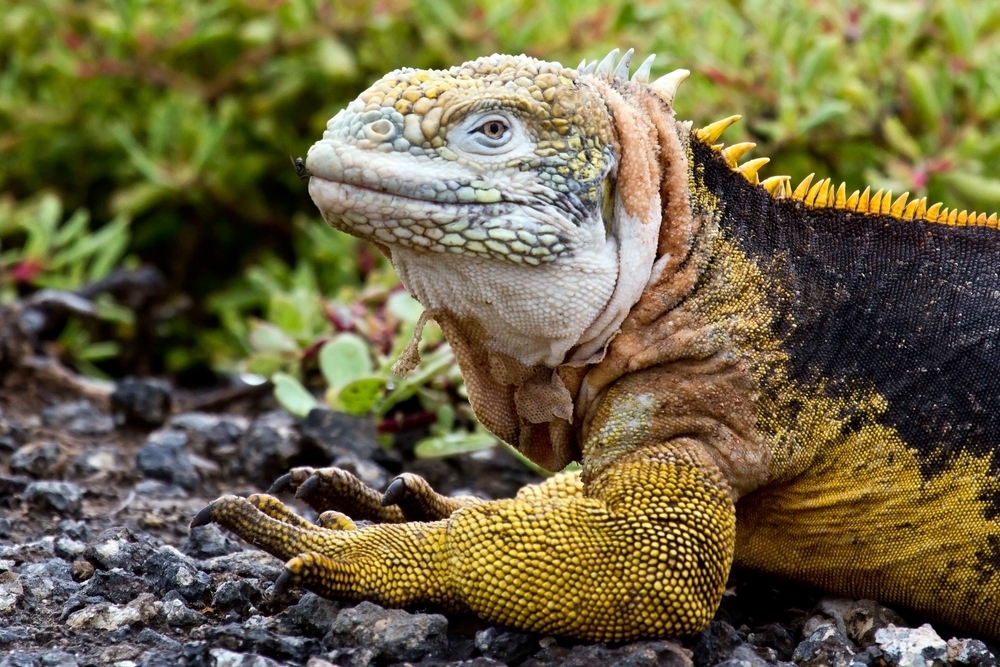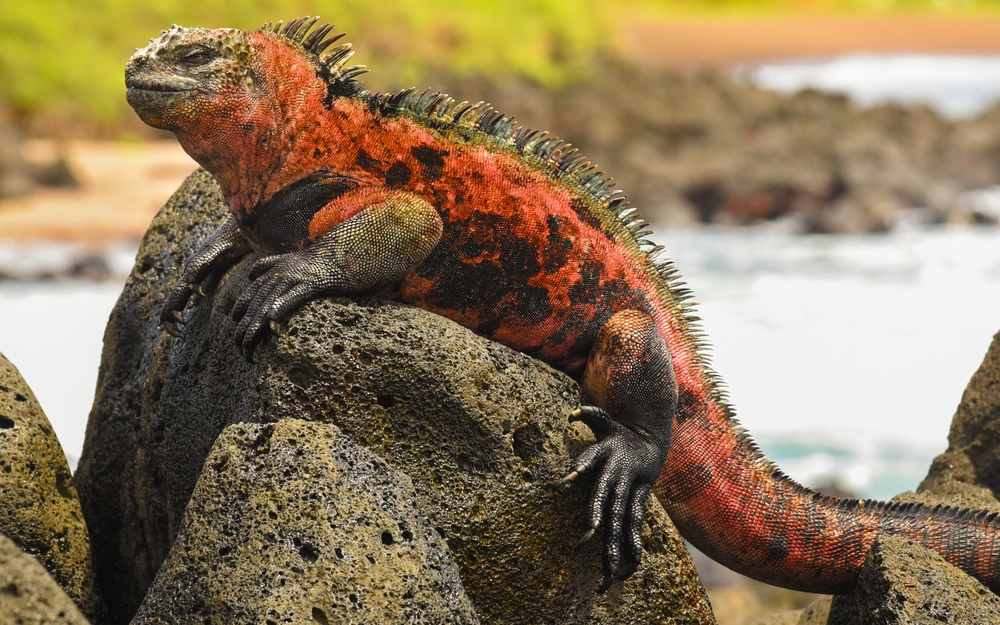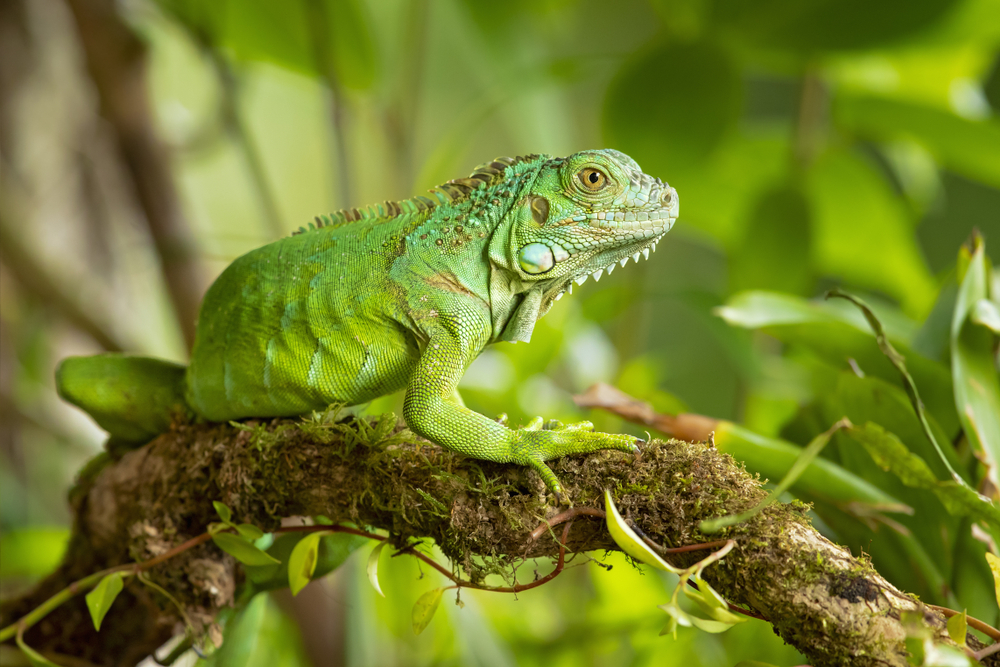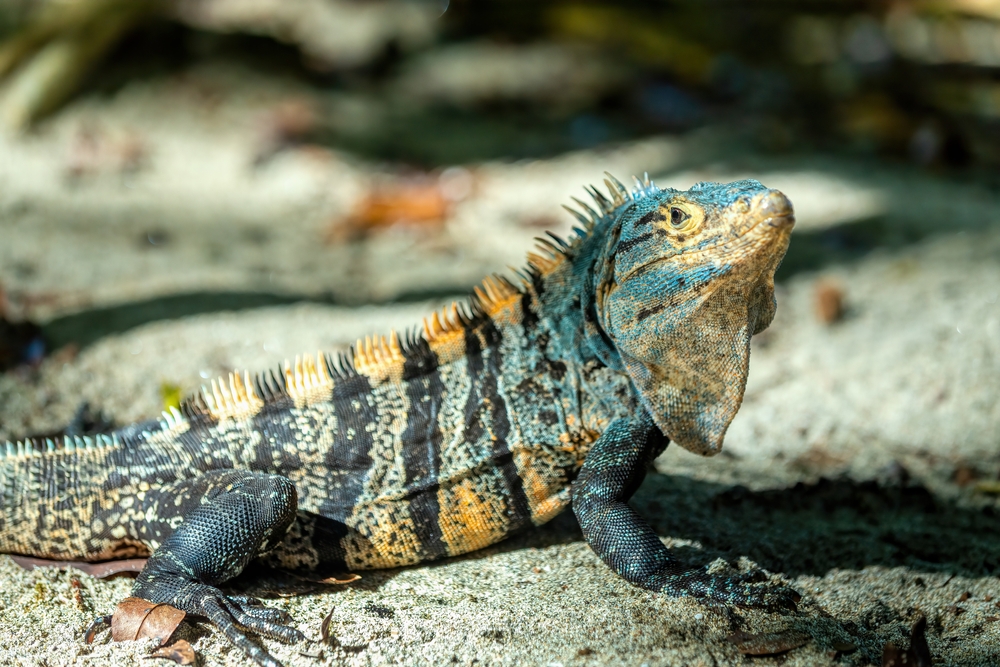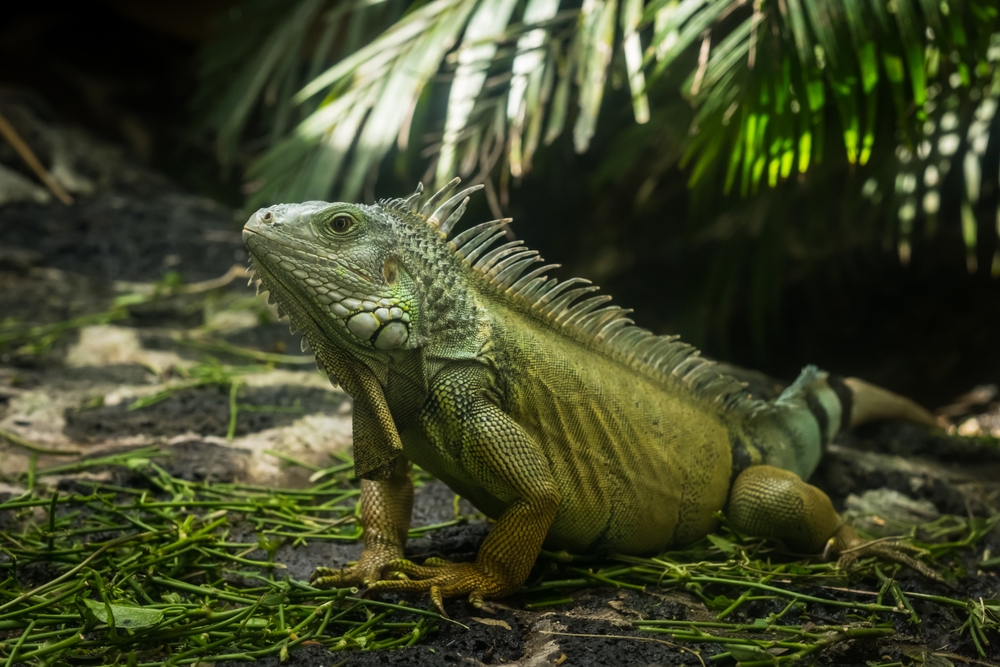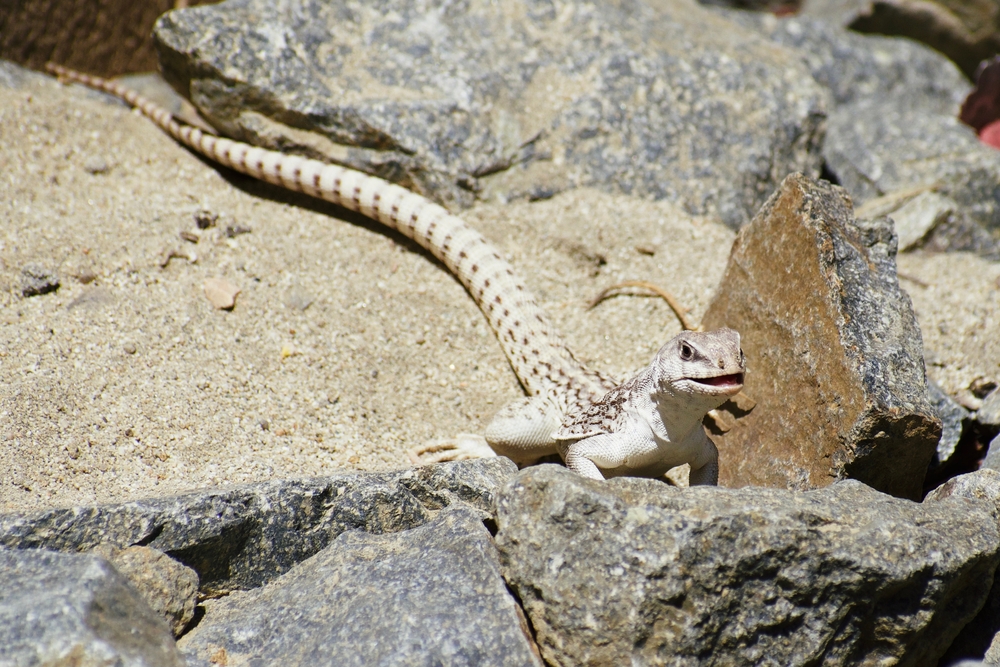Uniqueness
The Marine Iguana is one of the most extraordinary reptiles on Earth—the only lizard adapted to feed in the sea. Endemic to the Galápagos Islands, it is a living example of evolutionary specialization, combining traits of terrestrial iguanas with marine-adapted physiology and behavior.
Only Marine Lizard in the World:
Marine Iguanas are the sole reptile species that forages in the ocean, diving into cold Pacific waters to graze algae from rocks—an ecological niche no other lizard has evolved to fill. This makes them a one-of-a-kind herbivorous diver in the global animal kingdom.
Island-Based Color Variation:
Males exhibit dramatic breeding coloration that varies by island:
-
Red and green on Española (“Christmas Iguanas”)
-
Turquoise and copper on Floreana
-
Black with rust or teal accents on Isabela and Fernandina
This island-specific coloration showcases microevolution in action, driven by geographic isolation.
Extreme Thermoregulators:
Marine Iguanas feed in cold ocean water (15–20°C / 59–68°F) and must bask for hours to regain body temperature. They can raise their body temperature by up to 20°C (36°F) through sun exposure and minimize energy loss through minimal movement and communal basking.
Sneezing Salt Dragons:
They remove ingested salt through special nasal glands, ejecting it with a dramatic sneeze that forms crusty white deposits on their snouts—one of the most visible and distinctive traits among any reptile.
Bone Shrinking to Survive Starvation:
During El Niño events, food scarcity may lead them to resorb bone mass, actually shrinking in size to reduce energy needs. This physiological plasticity is extremely rare among vertebrates and helps them survive extreme climate stress.
Darwin’s Living Puzzle:
Charles Darwin called them “hideous-looking, clumsy lizards,” but their unmatched ecological role and evolutionary lineage helped inform his understanding of natural selection. They remain central to studies of adaptation, island evolution, and climate vulnerability.
From color-shifting island populations to their oceanic herbivory and salt expulsion, the Marine Iguana is one of nature’s most compelling evolutionary oddities—a cold-blooded seafarer thriving in volcanic surf.



































































